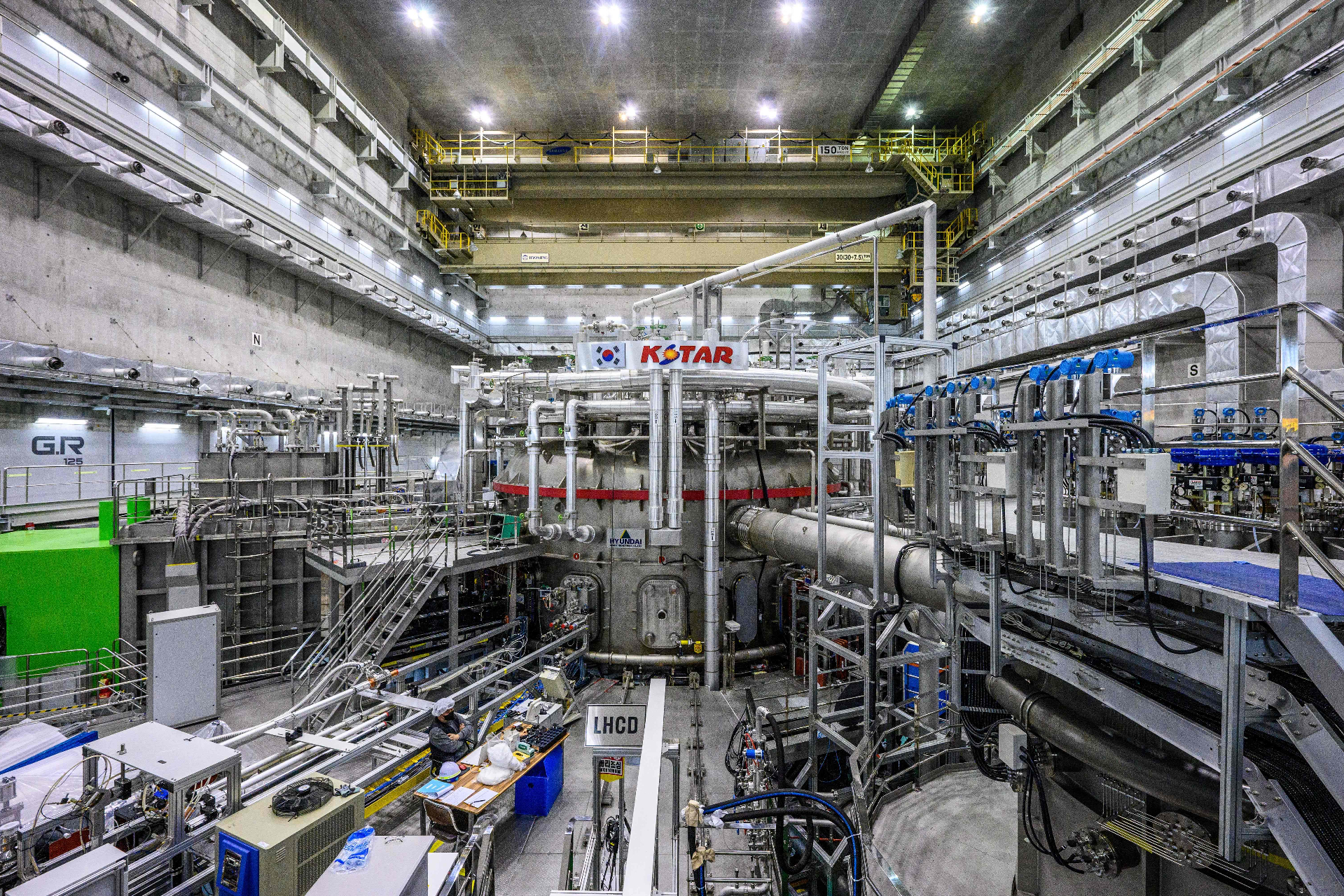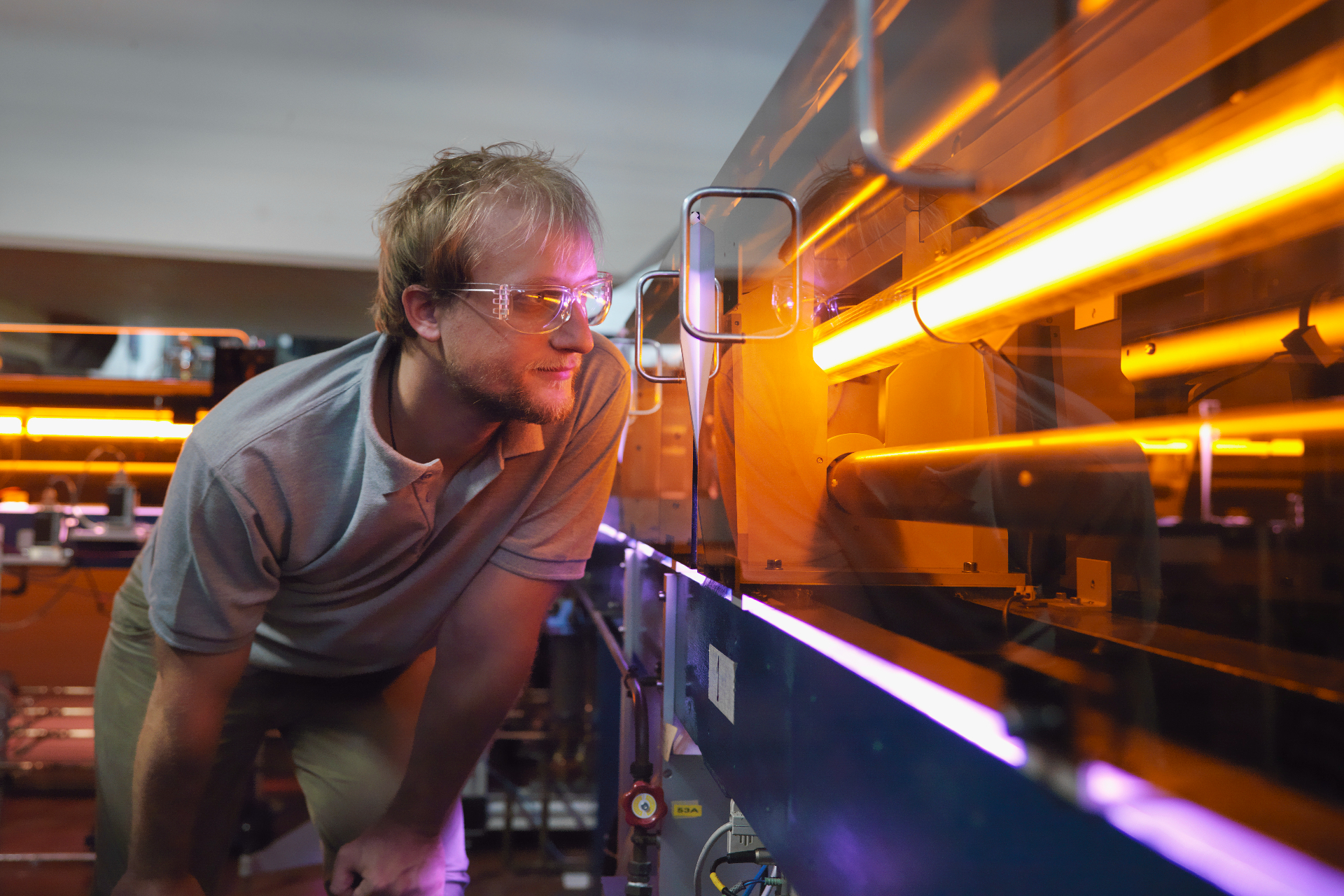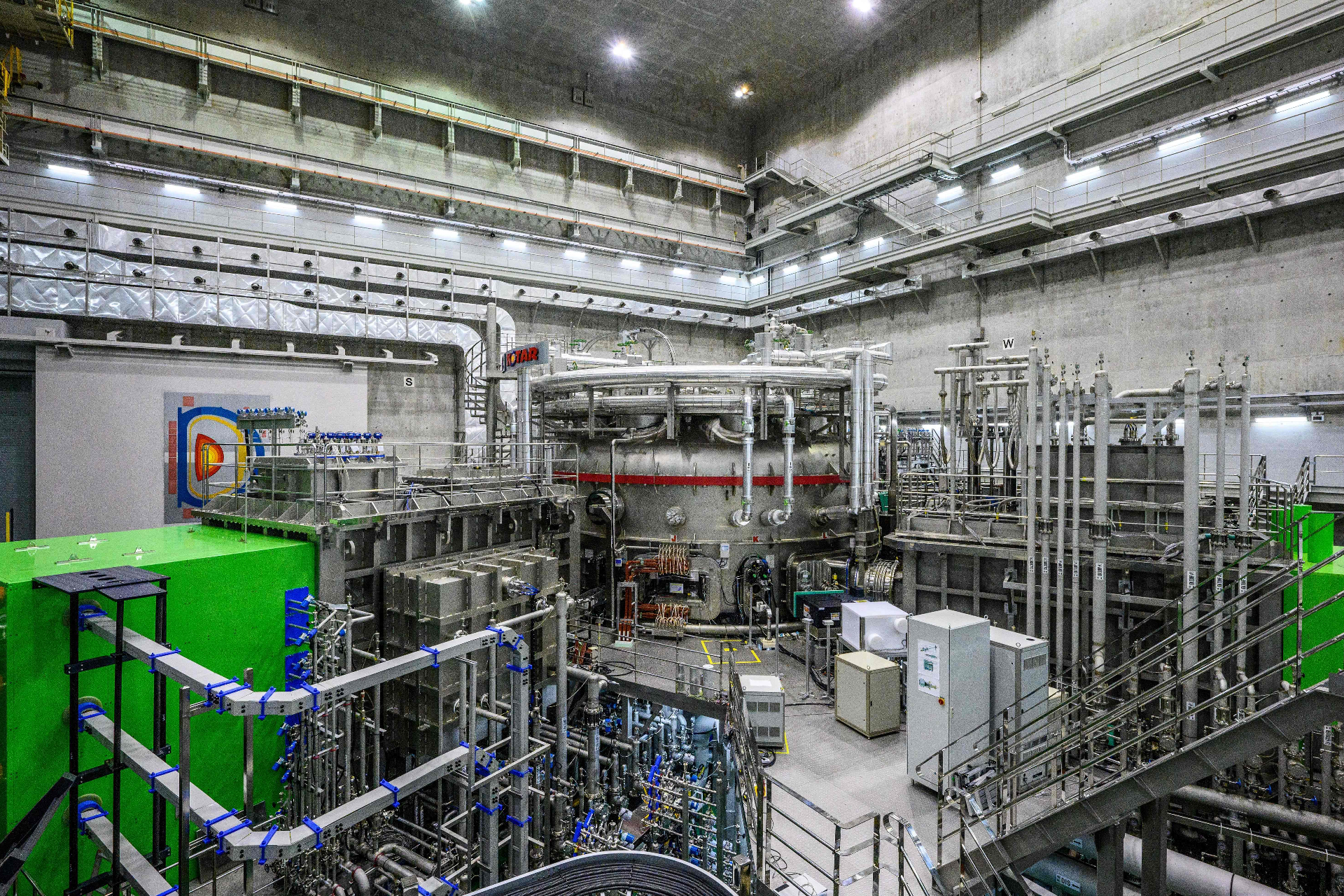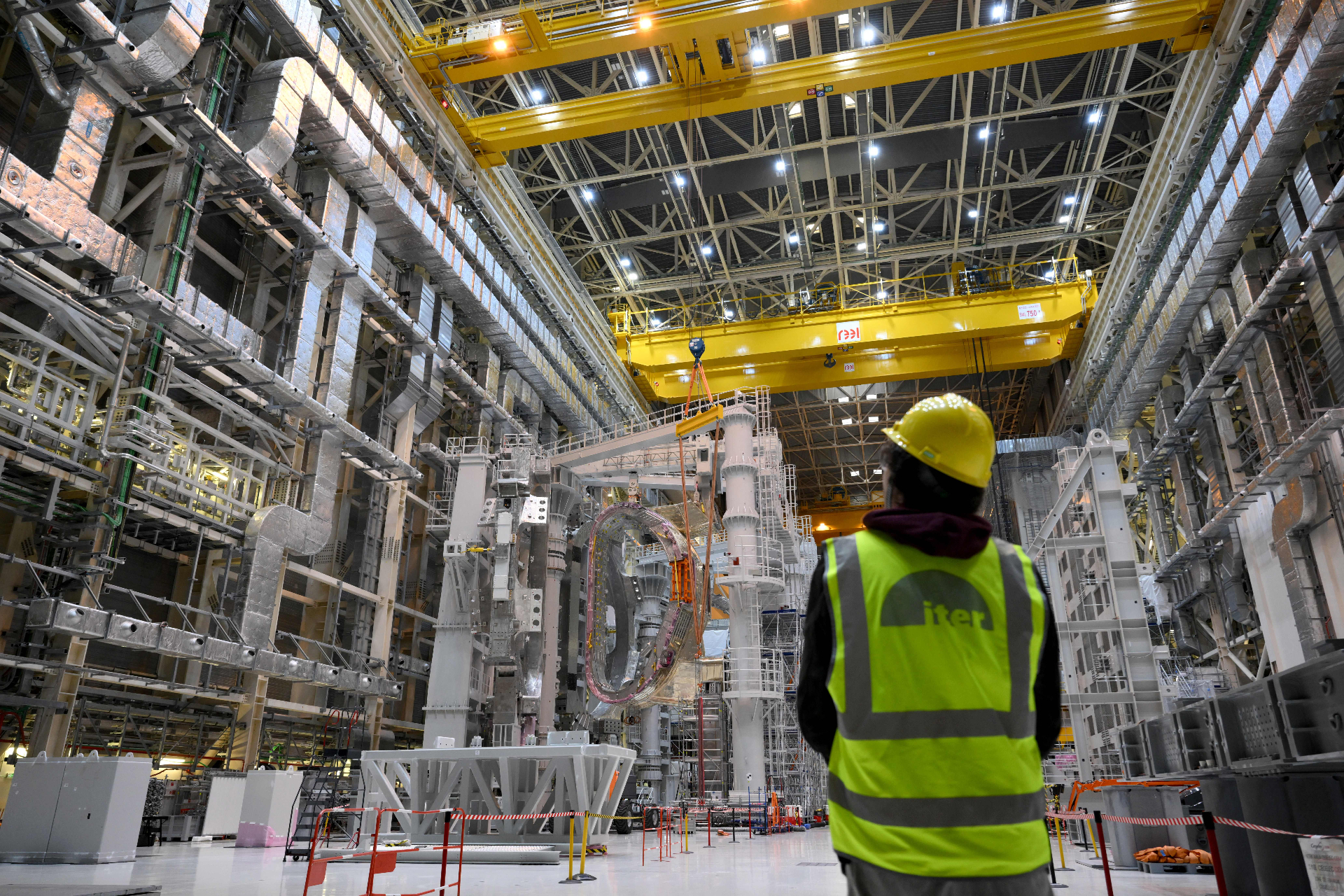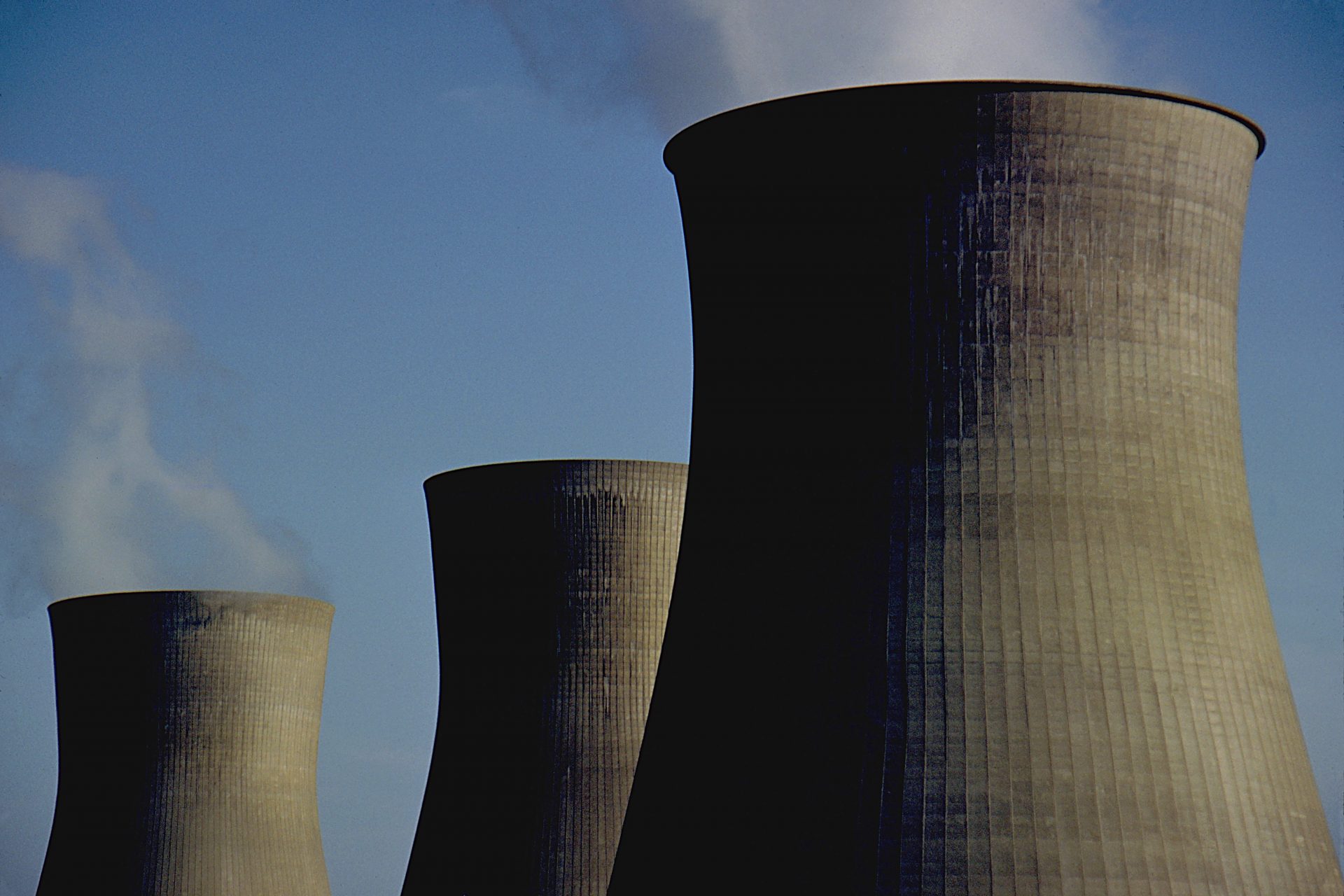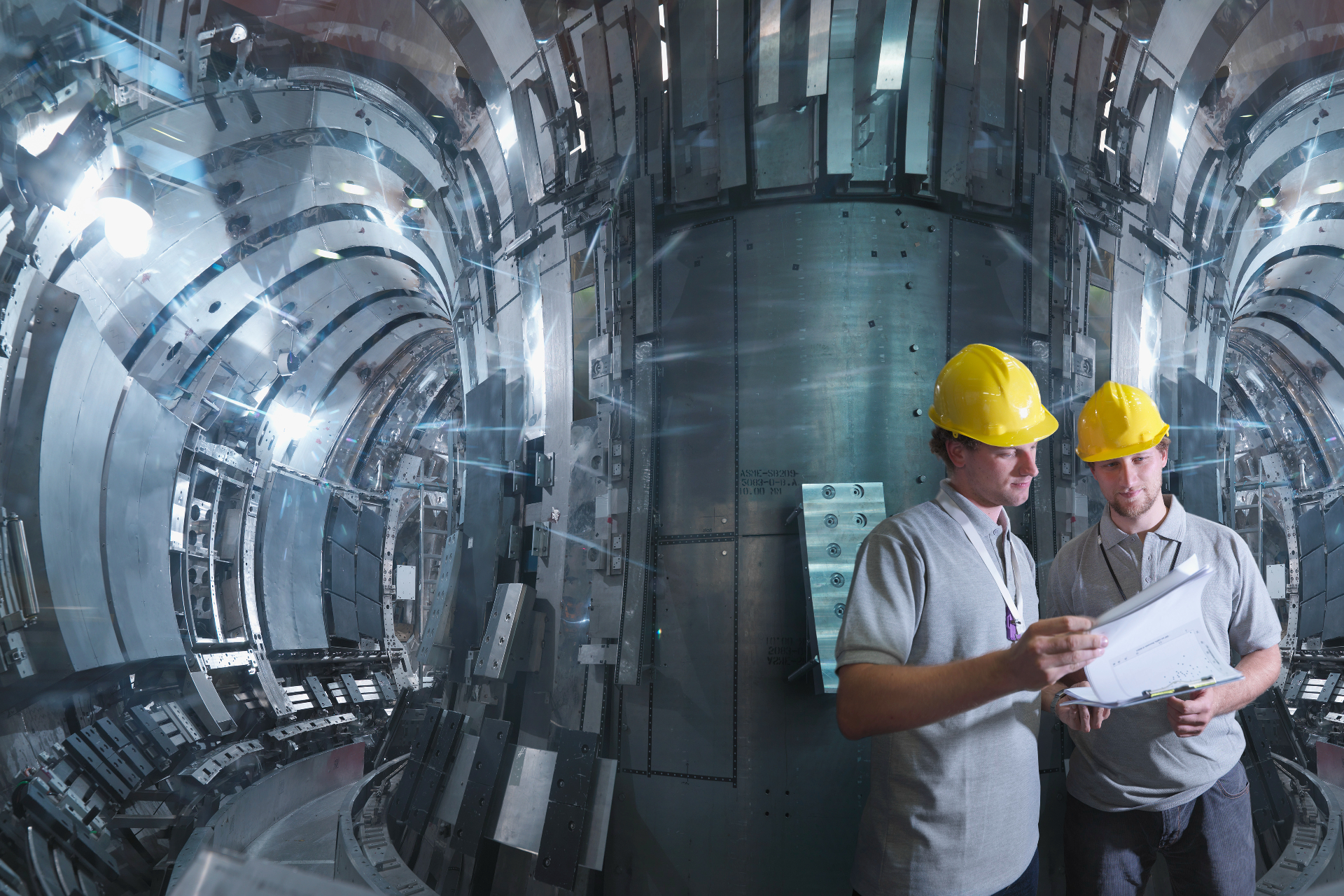An artificial sun could be the future of renewable energy
The surprising achievement of a research team in South Korea could give a massive push to humanity further on the path of nuclear fusion: creating an artificial sun for renewable and clean energy.
According to CNN, the research team set a new record for sustaining temperatures of 100 million degrees Celsius (212 million Fahrenheit) over the longest time.
The temperature was seven times hotter than the sun's core, and the Korean Institute of Fusion Energy (KFE) team sustained it for 48 seconds.
The hot plasma comes from the fusion of atoms. Nuclear fusion seeks to recreate the atomic reaction that makes stars bright and full of energy.
To do that, researchers use a reactor called Tomakak. KFE's one is called KSTAR. According to CNN, the team refers to it as an "artificial sun."
The hot plasma that results from the atomic fusion is highly unstable, so sustaining it at such temperatures was a challenge, the director of KSTAR explained to CNN.
According to Science Alert, the KSTAR has tungsten instead of carbon in one of its parts, allowing it to break its 2021 record of around 30 seconds.
CNN said the South Korean team will take these results to France to help build the International Thermonuclear Experimental Reactor (ITER).
According to CNN, the ITER will be the world's largest tokamak. Its goal is to advance humanity's path toward nuclear fusion.
According to Science Alert, nuclear fusion promises cleaner, near-limitless energy, ideal for replacing our current less clean energy sources.
Nuclear fusion produces large amounts of energy without emitting greenhouse gasses like fossil fuels. Emissions are the source of humanity-produced climate change.
Another benefit of nuclear fusion over other renewable energies is the lack of waste. Unlike the atomic energy we use now, fusion does not produce radioactive waste.
In recent years, scientists have made significant progress toward making nuclear fusion a reality, from producing the first amount of energy to sustaining atomic reactions.
In 2022, researchers at the Lawrence Livermore National Laboratory in the U.S. completed the first nuclear fusion that produced more energy than the experiment used.
In 2024, British scientists broke the record for the largest amount of energy produced by nuclear fusion. According to CNN, they made enough to power 12,000 homes for five seconds.
Nuclear fusion is far from commercialization, but international experiments like the ITER could soon make it a reality.
More for you
Top Stories




